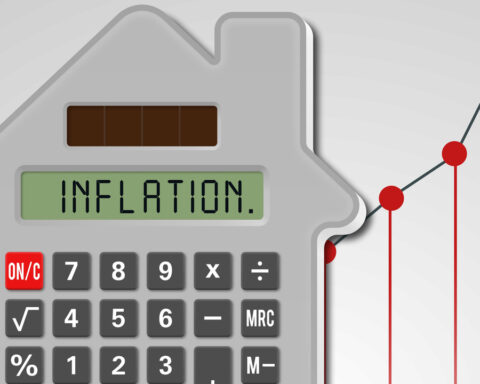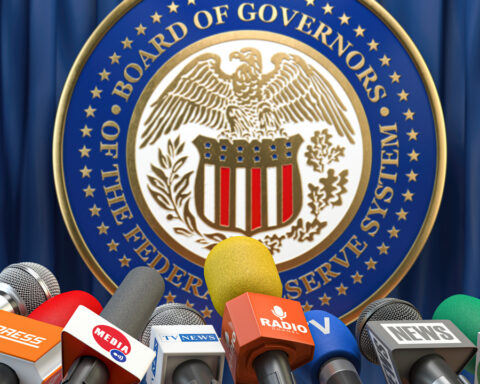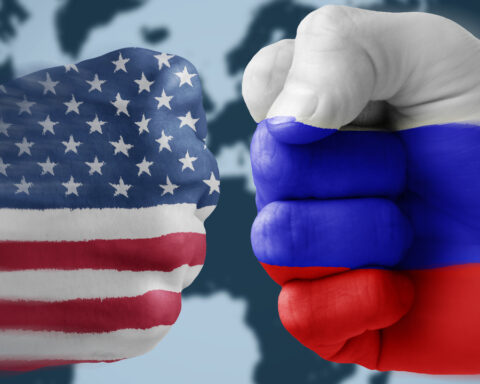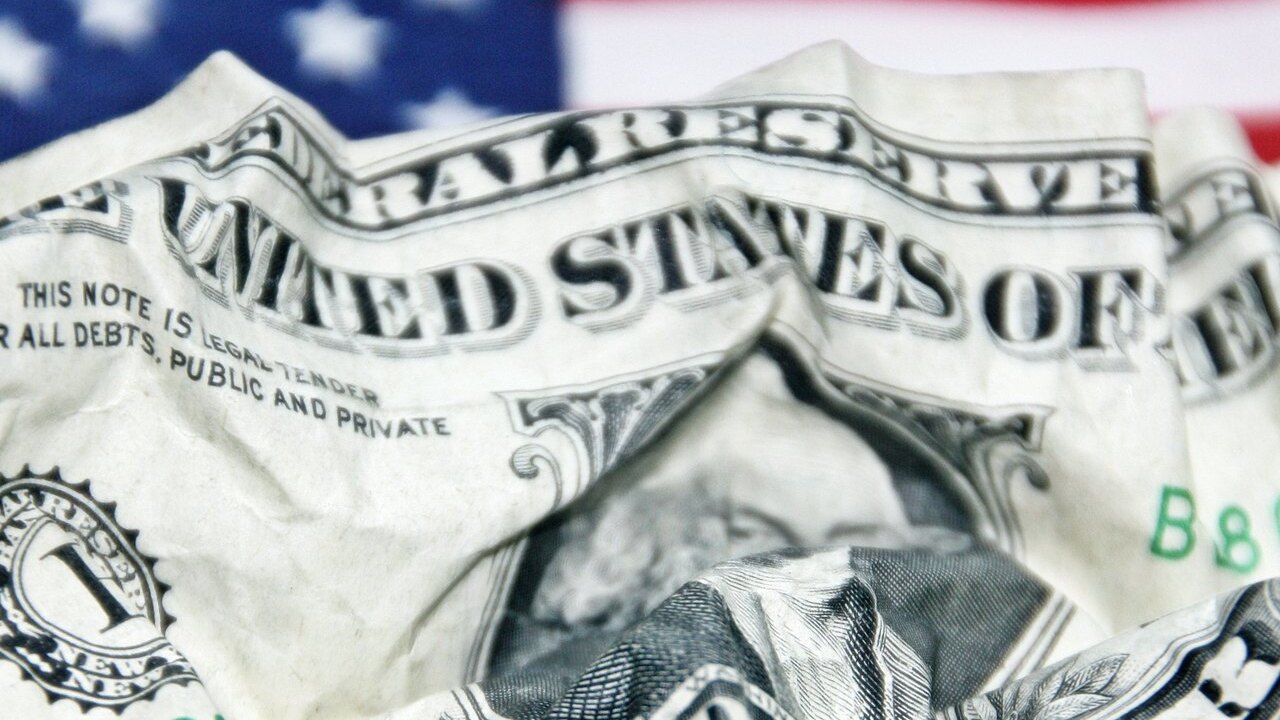The International Monetary Fund (IMF) is an international intergovernmental organization currently comprised of 190 diverse sovereign states “working to foster global monetary cooperation, secure financial stability, facilitate international trade, promote high employment and sustainable economic growth, and reduce poverty around the world.”[1] However, the IMF’s current mandate has radically shifted from the organization’s initial goals, which were never intended to be so multi-faceted and far-reaching.
The IMF was established alongside the World Bank as a specialized agency of the United Nations via the 1944 Bretton Woods Agreement, ratified during the final stages of the Second World War. The impetus for this system’s creation was primarily to stabilize global currency exchange rates, promote economic growth via international cooperation, and expand global access to hard currencies.[2] The prevailing collective goal among its initial sponsors was to avoid a repeat of the Great Depression. The Depression had been caused by a convergence of deleterious factors, such as the preponderance of exchange controls (tariffs) creating unnecessary and counterproductive barriers to entry, the global depreciation of currency based on a lack of liquidity, and the related competitive currency devaluations used to protect domestic economies and weaken rivals. The chief reason, however, was seen by pre-eminent economist John Maynard Keynes and his contemporaries to be the inherent weakness of the global financial system.[3]
Keynes and the brightest economic minds of the victorious Allied Powers therefore decided to adopt a novel, cooperative approach to global economic governance. Yet, a clear rivalry emerged during negotiations between Keynes – who represented the United Kingdom – and Harry Dexter White – the U.S. Treasury’s Chief Economist and the country’s principal representative. Keynes and White had distinctly different visions for the IMF. Keynes and his camp wanted to inject the IMF with a flexible, interventionist, expansionary approach to economic governance, reminiscent of the Keynesian macroeconomic theory that would become so popular in later years.[4] White and his camp were made up of those with either vested interests in gold itself, or in using gold to promote domestic economic stability, which necessitated balanced budgets and the avoidance of deficit spending.[5] However, because the United States had emerged from the war is the clear global hegemon, White was able to leverage this newfound power and form the IMF largely according to U.S. interests, albeit with elements of compromise. Consequently, the U.S. dollar was chosen as the global reserve currency, to which all other currencies would be adjustably pegged. In turn, the U.S. dollar was linked to the price of gold.[6] As former IMF insider Lawrence Officer contends, “the lynchpin of the system was the par value concept, adjustably pegged exchange rates registered with the IMF and changes in which required concurrence by the IMF.”[7]
The IMF’s primary mechanism for stabilizing exchange rates was providing short-term monetary infusions to states at risk of serious economic downturn, primarily due to unexpected balance of payment problems. As such a circumstance could lead to yet another domino effect upon closely linked economies – analogous to the Great Depression – the IMF was seen to be the “international lender of last resort.”[8] Generally speaking, the IMF was conceived as more of a facilitator of cooperation between the 28 highly developed economies that originally ratified the Bretton Woods Agreement. Over time, this would change drastically, with the IMF developing into the institution that Keynes had hoped to achieve, and more.
The 1960’s spawned the first major changes within the Bretton Woods system and the IMF. First, the IMF’s membership significantly expanded, largely due to newly sovereign African nations being welcomed into the institutional fold. As such, the Fund was no longer only an agent of the highly developed – and primarily western – economies that formed the organization around their combined interests. To account for this, the IMF introduced a new reserve asset: the “Special Drawing Right” (SDR), which was disseminated as a unit of account to member countries. Officer explains the significance of this shift, arguing that “placing the SDR facility in the IMF provided a necessary legitimacy to the new asset…SDR’s marked, for the first time, creation of an owned reserve asset by international negotiation… located in an international organization.”[9] While this shift in the IMF’s constituency is important to note, the more immediately relevant harbinger of change was the growing concern over a lack of international liquidity. This was directly correlated to the fixed exchange rates institutionalized within Bretton Woods based upon the monetization of gold. The United States became particularly disillusioned with the system, as it could not freely adjust its exchange rate based on the dollar’s status as the world’s reserve currency.[10] Further, as the post-war global economic boom finally began to subside, the United States Treasury was left with major balance of payment deficits – primarily caused by overextended capital outflows and a greatly diminished national surplus.[11] Concurrently, multilateral cooperation began to fail, with the loss of confidence in the gold system becoming the predominant consensus amongst central bank directors.
In the first major system shock, the “Gold Pool” collapsed in 1968, indicative of a lack of unified policy between the world’s central banks.[12] This general global discoordination converged with domestic issues in the United States to create a tipping point. Former IMF Deputy Managing Director Anne Krueger writes, “The Bretton Woods system hinged on the continued willingness of the US authorities to maintain the so-called gold window – the right of anyone to convert their dollars to gold at the fixed rate of $35 per ounce. But as the overall balance of payments moved into deficit; and as the US economy came under pressure from the struggle to finance rapid rises in domestic spending programs and the cost of the war in Vietnam, the US government decided it could no longer underpin the international financial system.”[13] These expenditures on the war effort and President Johnson’s unprecedented social spending initiatives put tremendous inflationary pressure on the U.S. dollar, leading it to become increasingly unstable. President Richard Nixon – seeing no other alternative – officially announced the abandonment of the gold standard in August of 1971.
The original iteration of Bretton Woods became defunct in the immediate aftermath of gold’s demonetization, but the global economy nimbly adapted. Countries shifted from a fixed exchange rate system to a flexible exchange rate, still pegged to the dollar, which remained the world reserve asset. However, because the dollar was no longer pegged to gold – which had been demonetized entirely – the dollar began to operate as a “fiat currency.”[14] This shift granted domestic central banks enormous power to manipulate their currencies and conduct monetary policy at will, which left the IMF little reason to exist. Rather than fading, however, the IMF seized on this opportunity to re-invent itself, and begin its transformation into the power institutional behemoth it remains to this day.
Photo by Michael Sutton, Public Domain Mark 1.0.
[1] International Monetary Fund. (2 October 2021). About the IMF. About the IMF.
[2] Lawrence McQuillan, “International Monetary Fund,” Encyclopedia Britannica, March 26, 2021, https://www.britannica.com/topic/International-Monetary-Fund.
[3] Louis Pauly, “The League of Nations and the Foreshadowing of the International Monetary Fund,” Essays in International Finance, Volume 201, December 1, 1996, pp. 1-47.
[4] George Halm, “The International Monetary Fund,” The Review of Economics and Statistics 26, Volume 4, 1944, pp. 170–75.
[5] Ibid.
[6] Lawrence Officer, “An Insider’s History of the International Monetary Fund: A Review Article,” Journal of Economic Issues, Volume 12, Issue 3, 1978, pp. 677–686.
[7] Ibid.
[8] Carmen Reinhardt and Christoph Trebesch, “The International Monetary Fund: 70 Years of Reinvention,” The Journal of Economic Perspectives, Volume 30, Issue 1, 2016, pp. 3–27.
[9] Officer, 1978, p. 681.
[10] Gerald Maier, “The Bretton Woods Agreement – Twenty Five Years After,” Stanford Law Review, Volume 23, Issue 2, 1971.
[11] Anne O. Krueger, “Evolution not Revolution: The Changing Role of the IMF in the Global Economy,” Address to International Development Club, 23 February 2006.
[12] Michael Bordo, Eric Monnet, and Alain Naef, “The Gold Pool (1961-1968) and the Fall of the Bretton Woods System: Lessons for Central Bank Cooperation,” The Journal of Economic History, Volume 79, Issue 4, 2019, pp. 1027-1059.
[13] Krueger, 2006.
[14] Fiat currencies, which include most major national currencies such as the dollar, Euro, renminbi, and British Pound, are those that are based entirely on consumer confidence in the currency (and by extension, the government backing the currency) rather than any sort of physical commodity.
Jack McPherrin is the managing editor of 1818 Magazine. Jack works as the research editor for the Editorial Department of The Heartland Institute, where he also contributes to the mission of the Socialism Research Center as a research fellow. He is in the final stages of completing his Master’s Degree in International Affairs from Loyola University-Chicago, where his myriad research interests primarily encompass domestic and international economic policy, global institutions, authoritarian regimes, and foreign affairs - with a particular emphasis upon Russia and China. Prior to his graduate pursuits, Jack spent six years in the private sector after graduating from Boston College with a dual Bachelor's Degree in Economics and History. He currently resides in the Lincoln Park neighborhood of Chicago, a few short miles from where he was raised.








